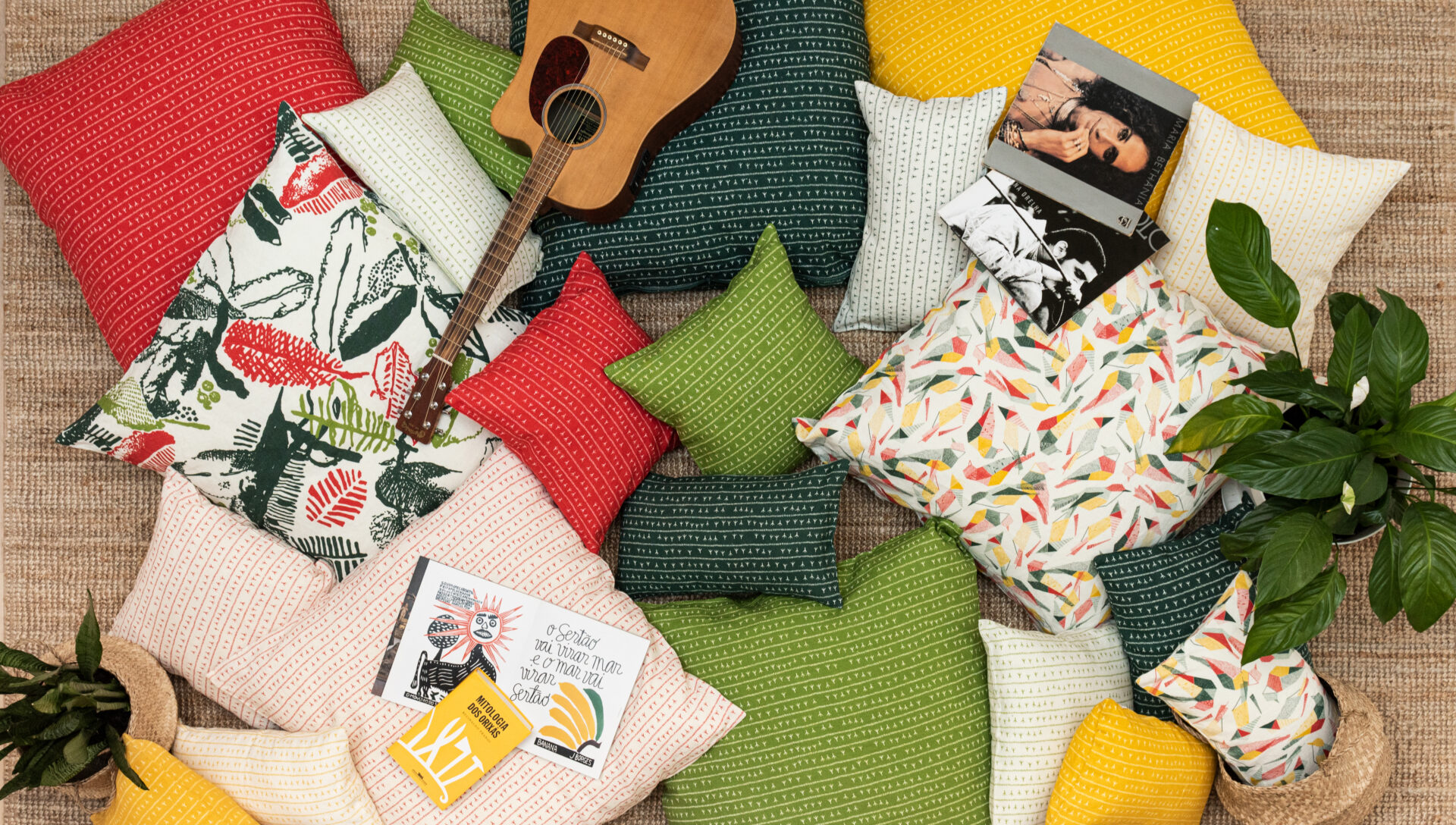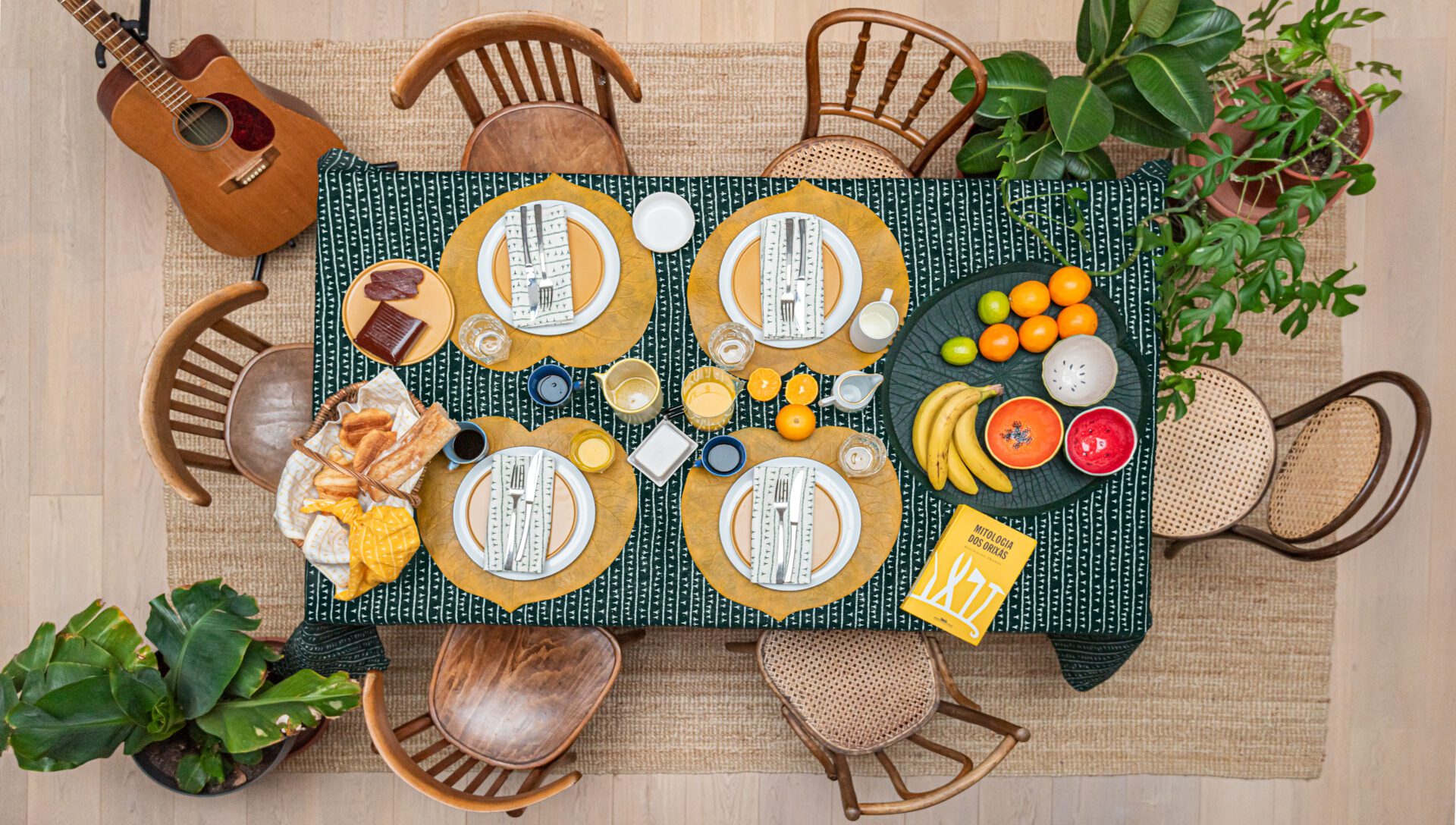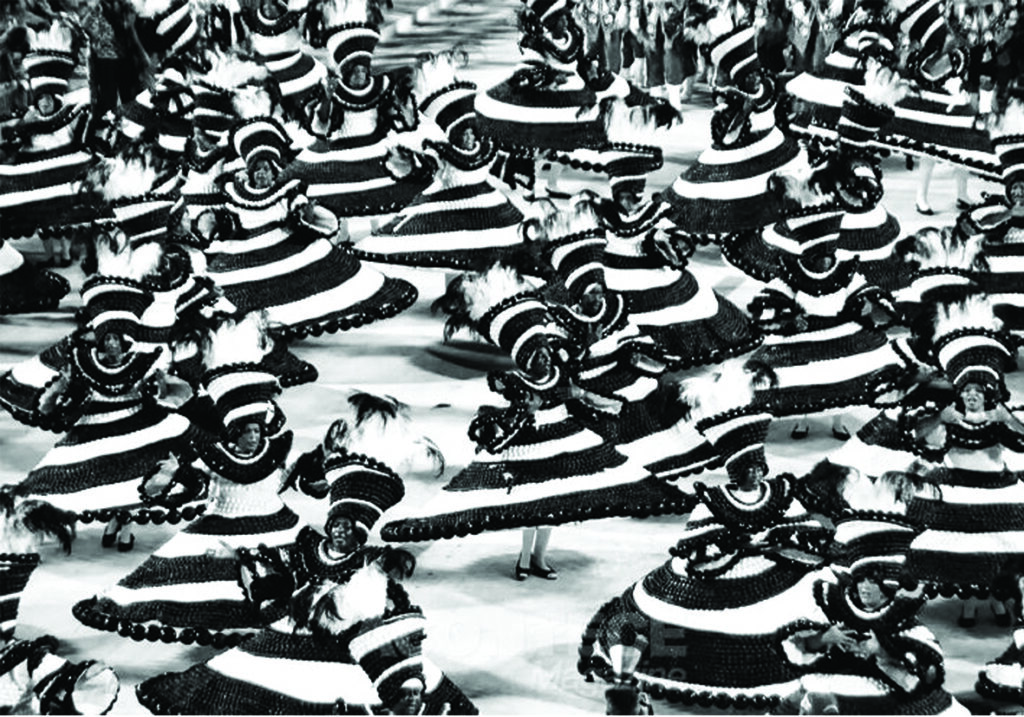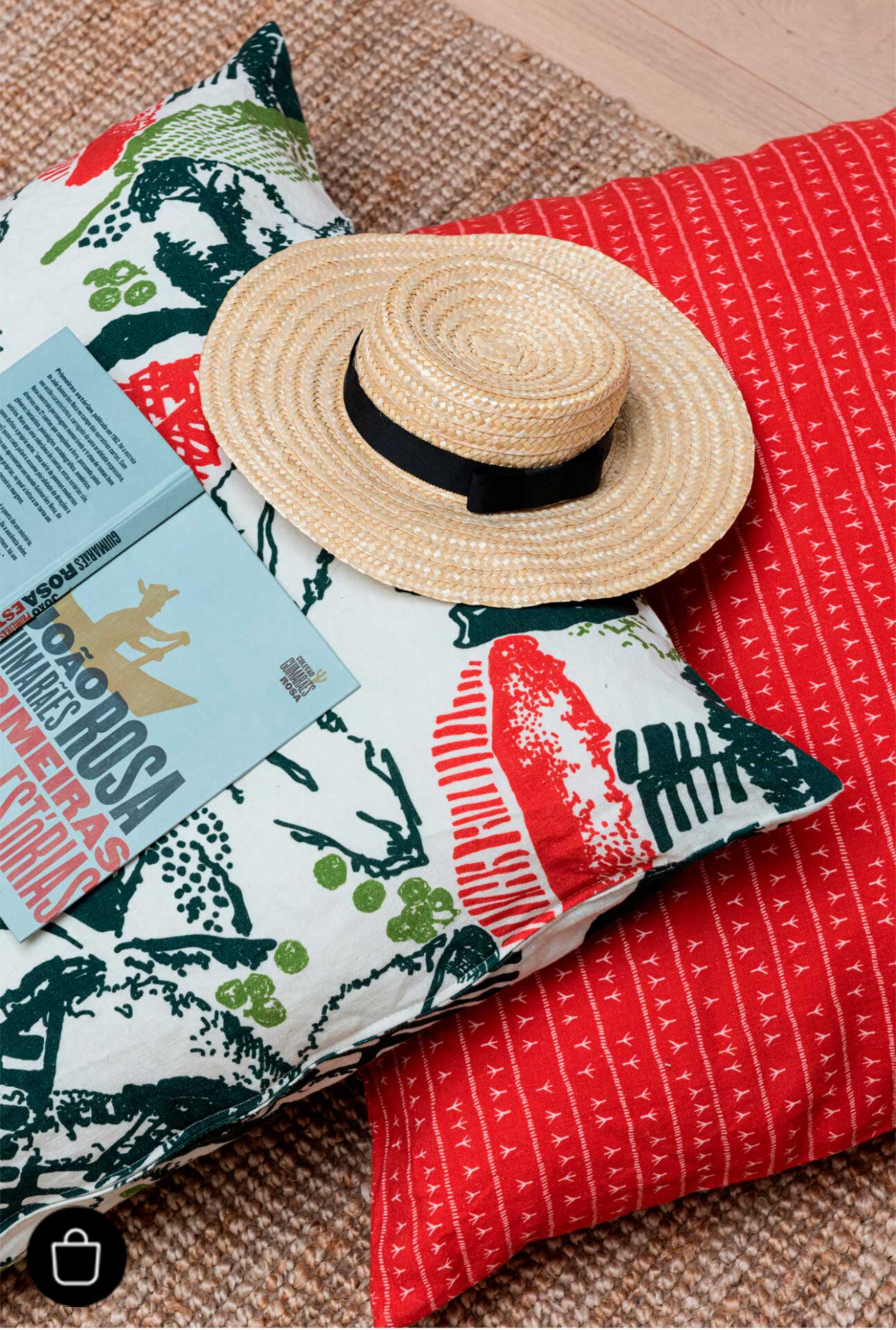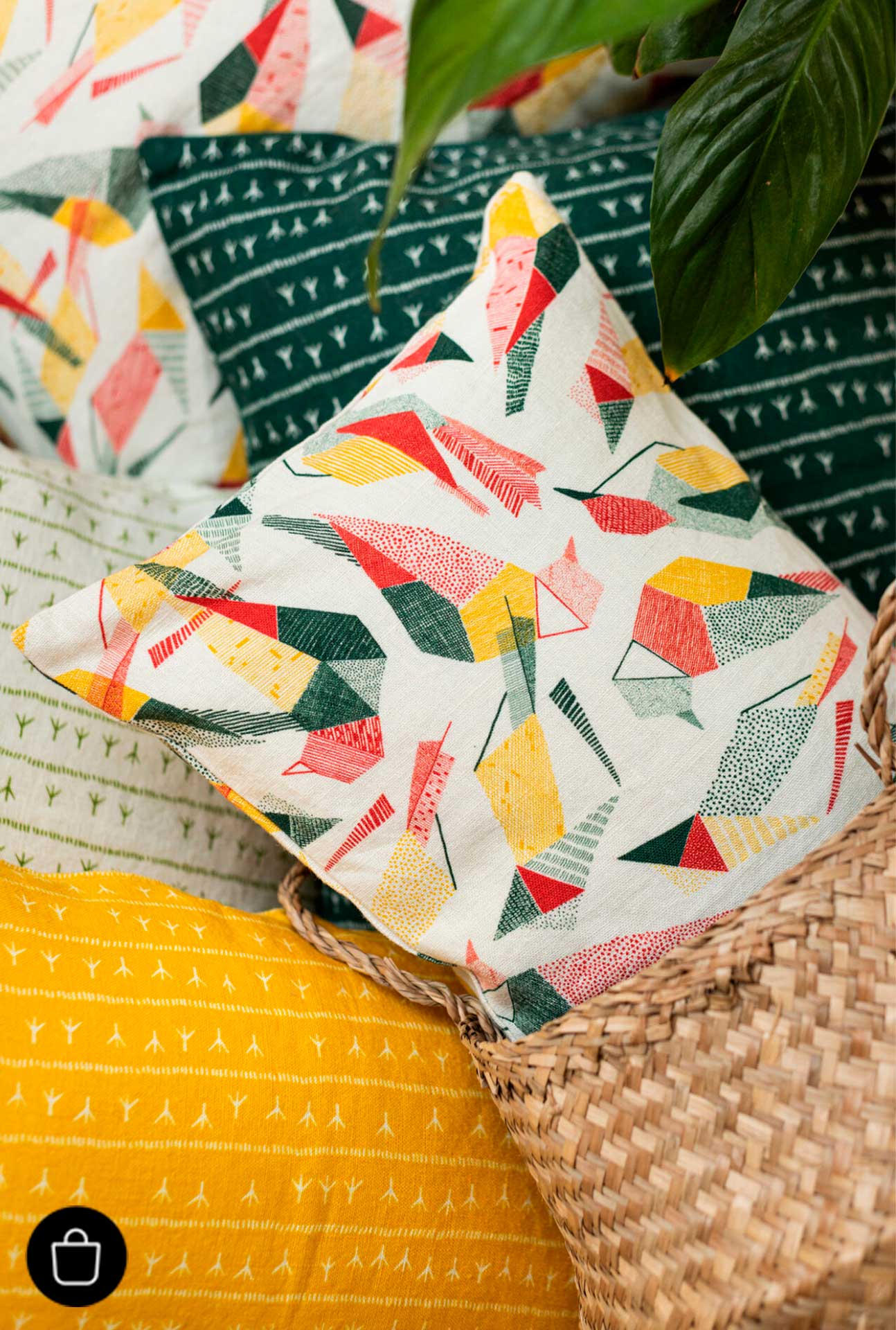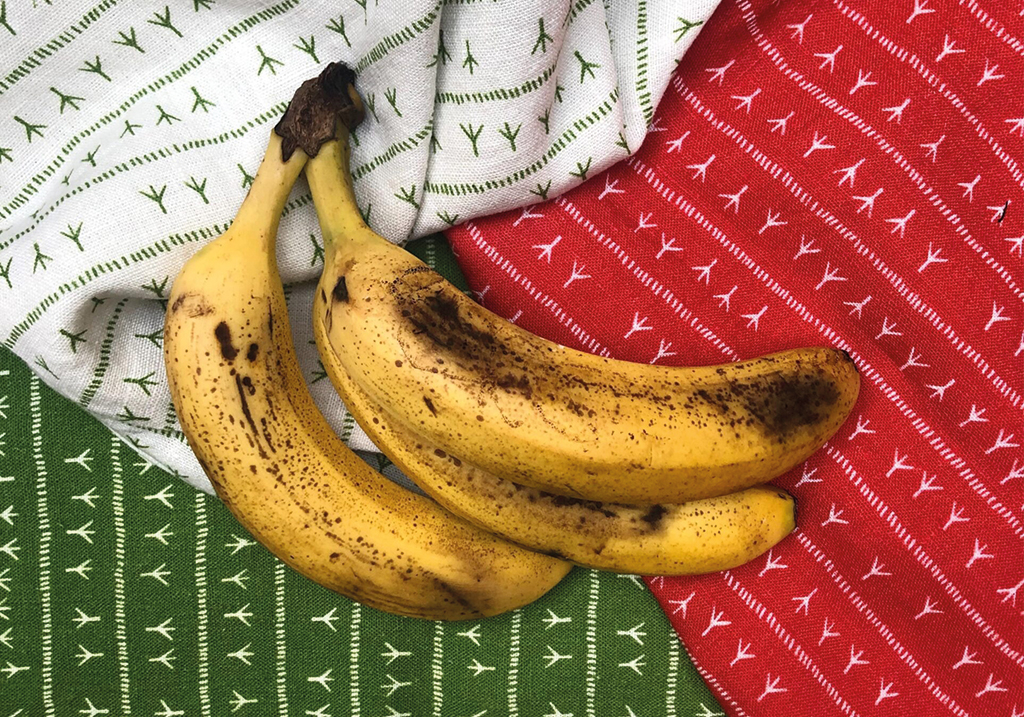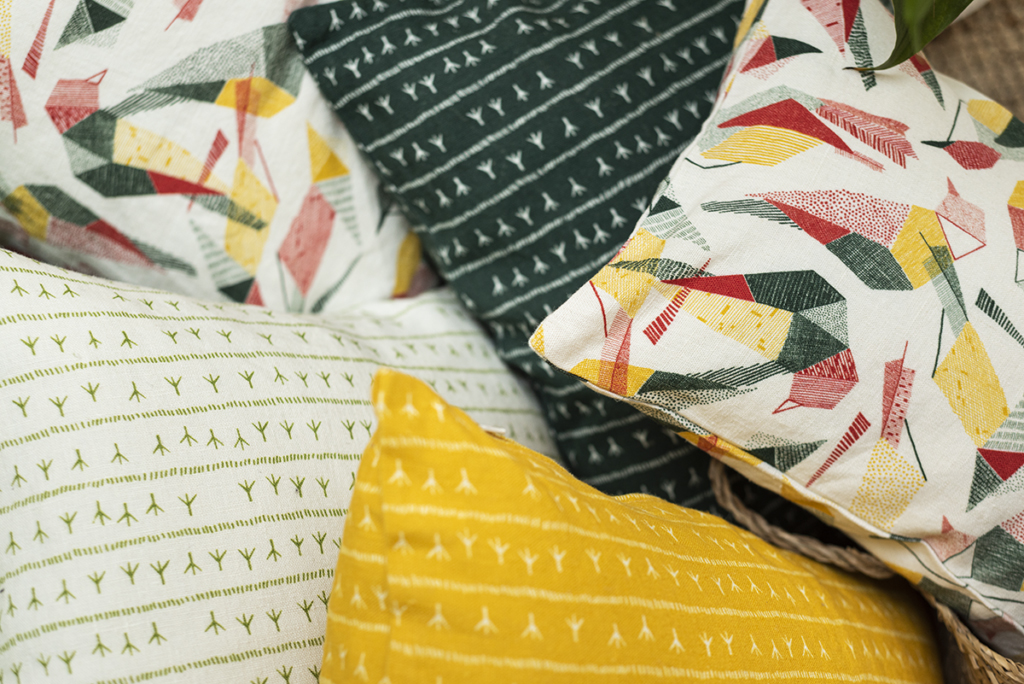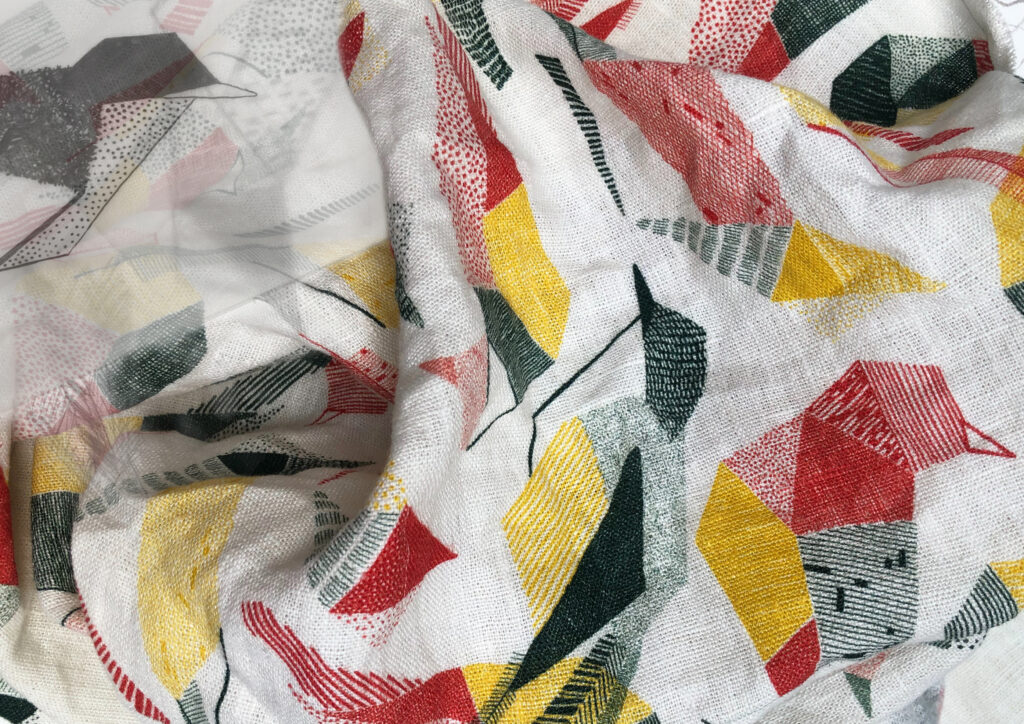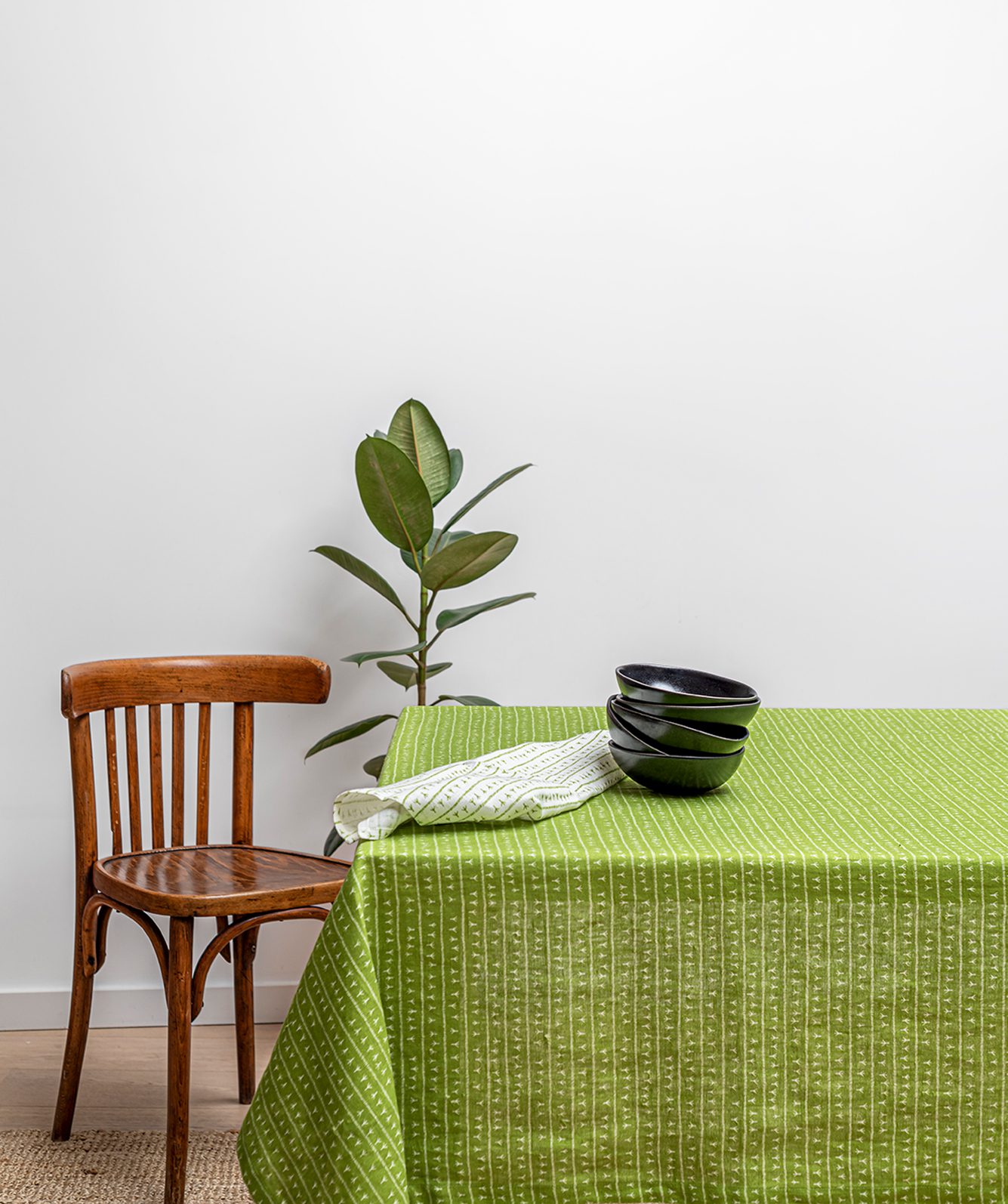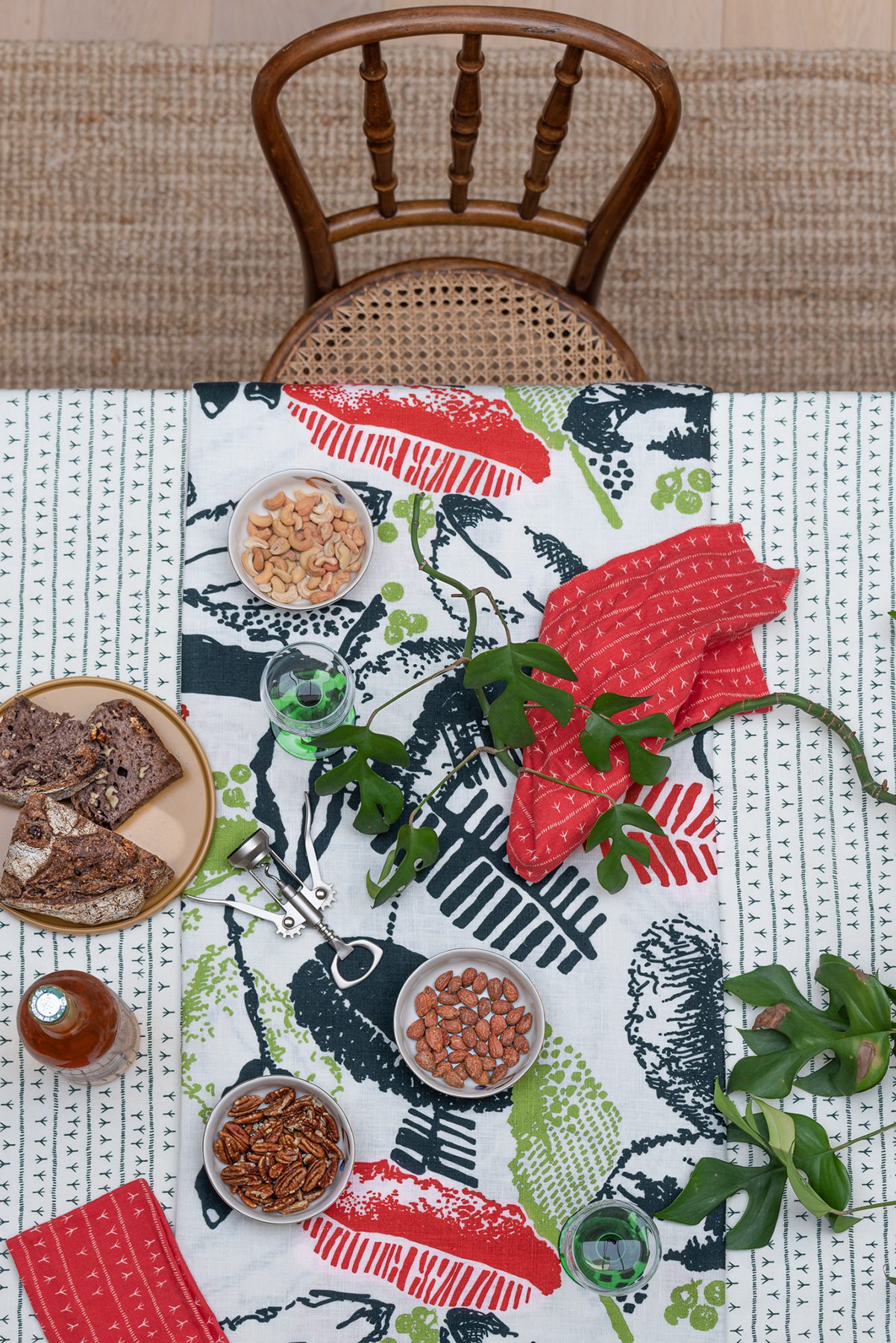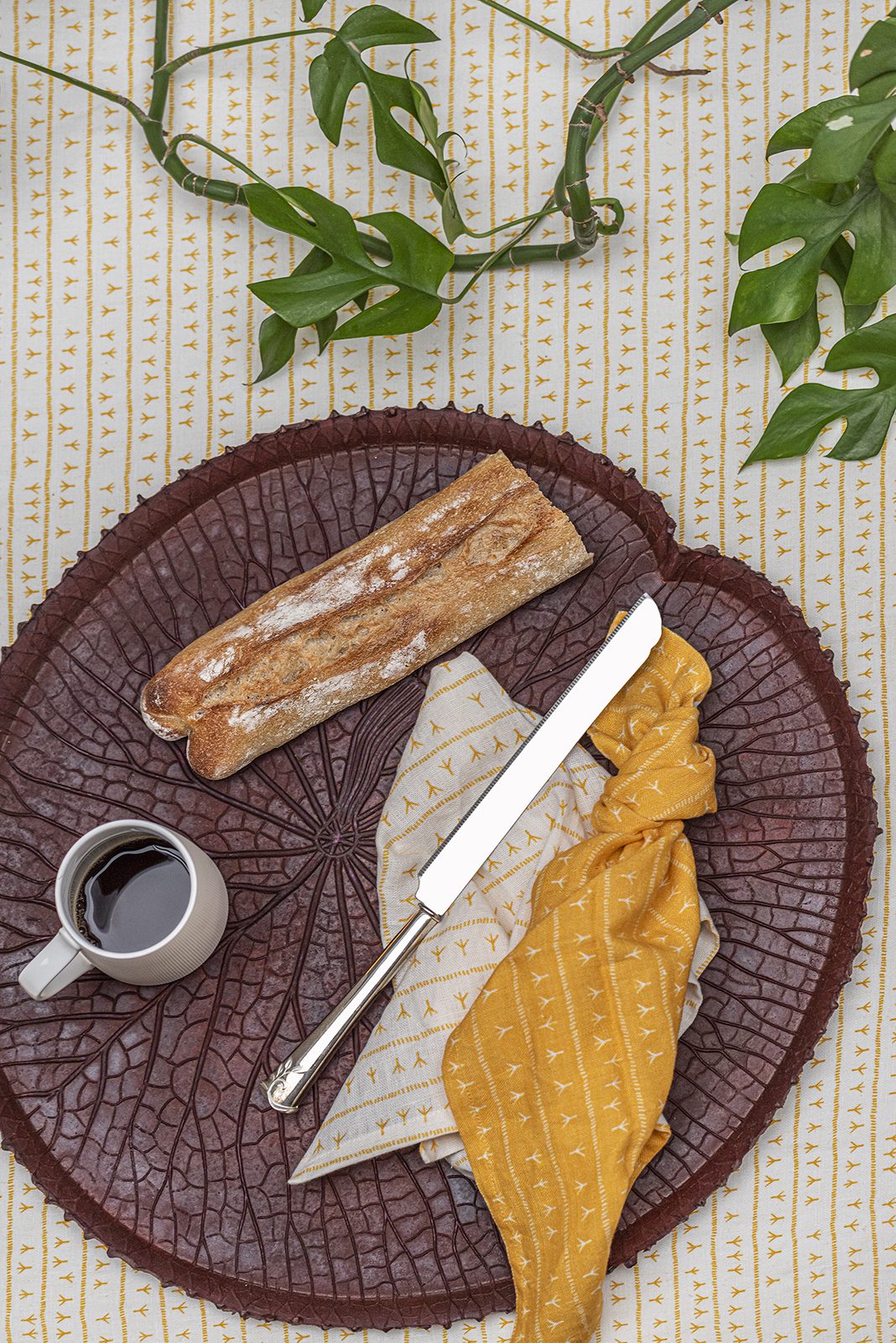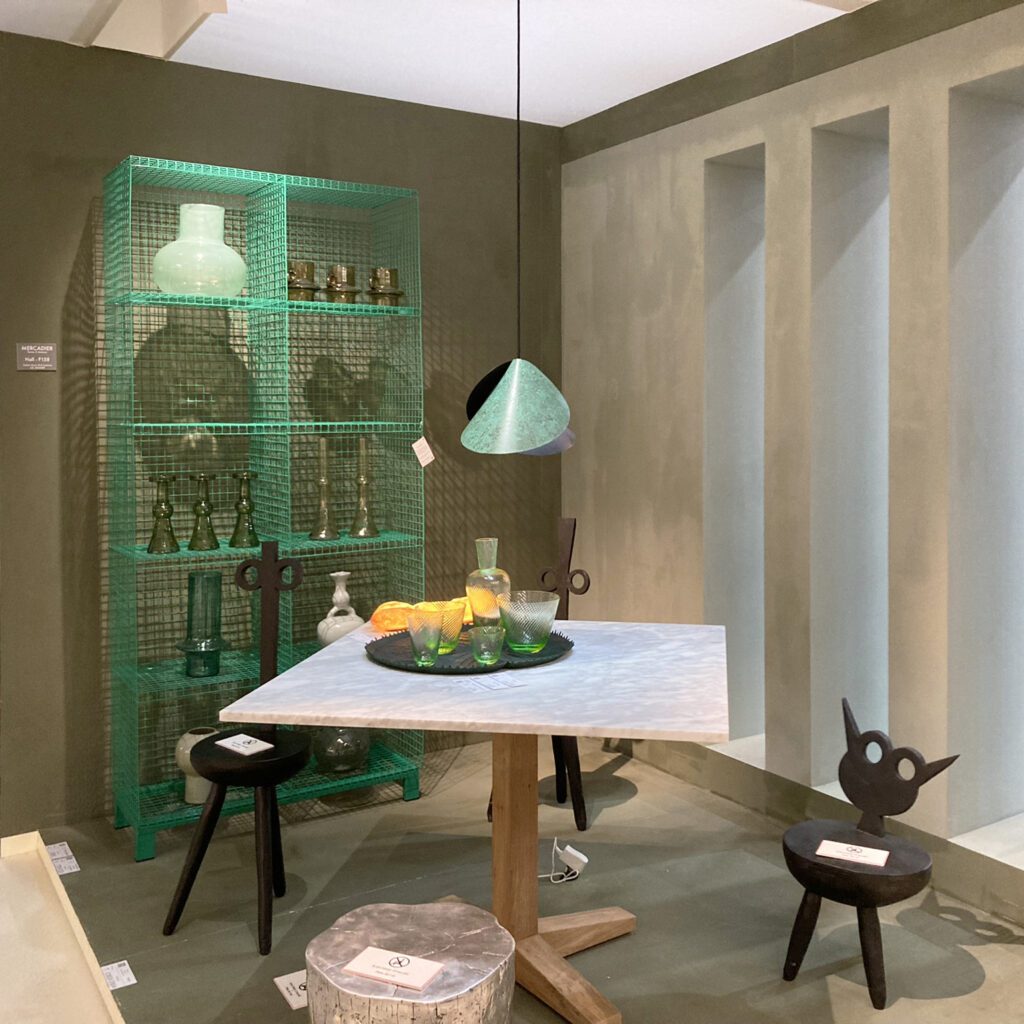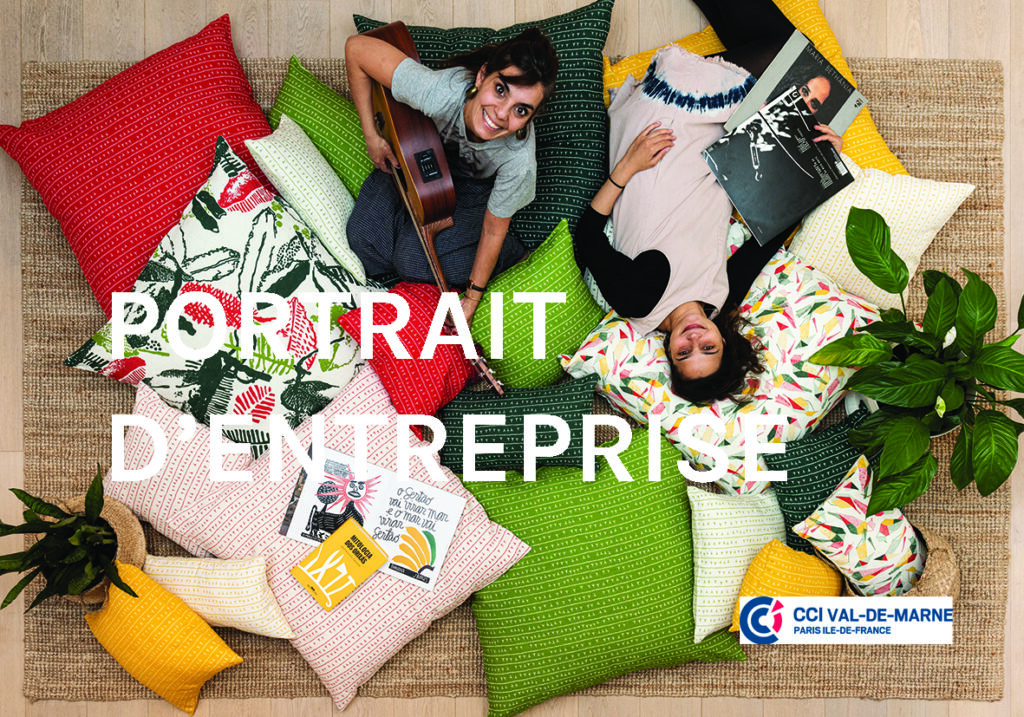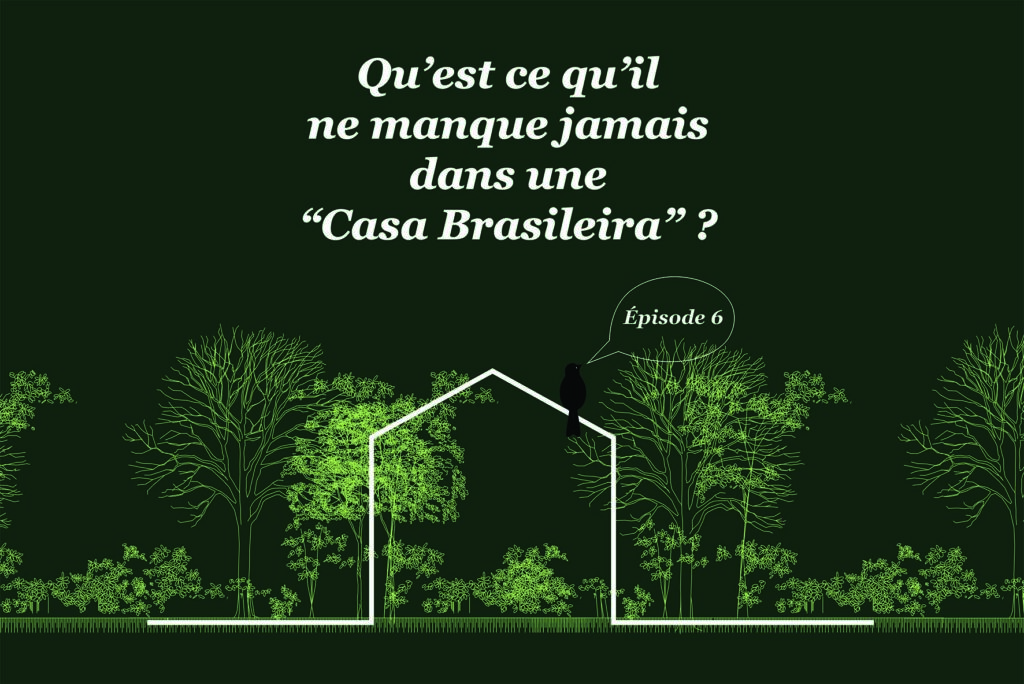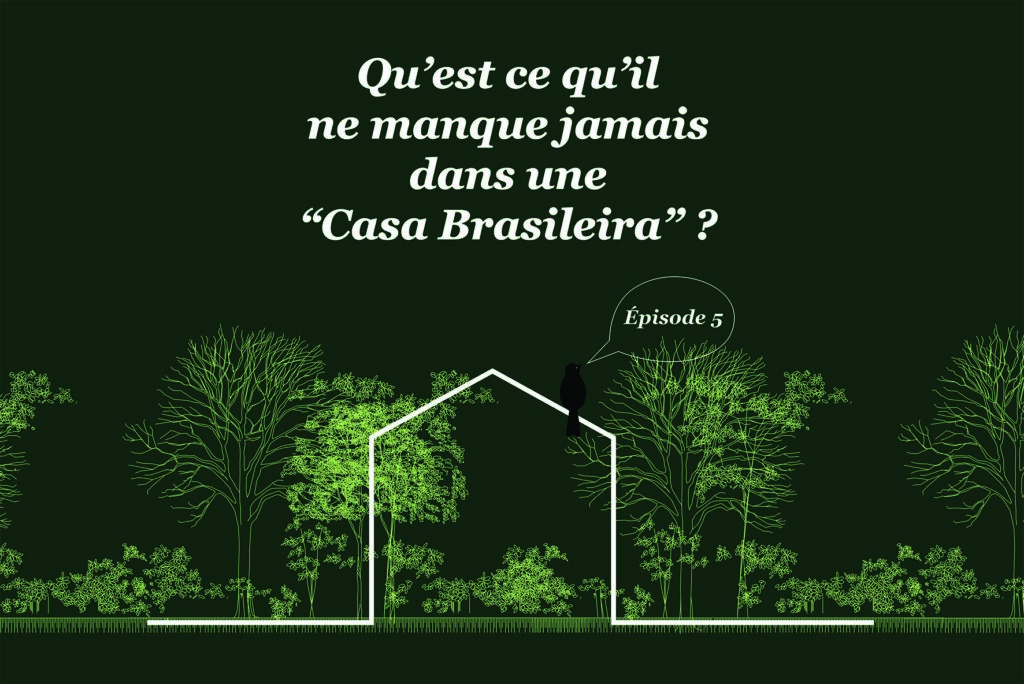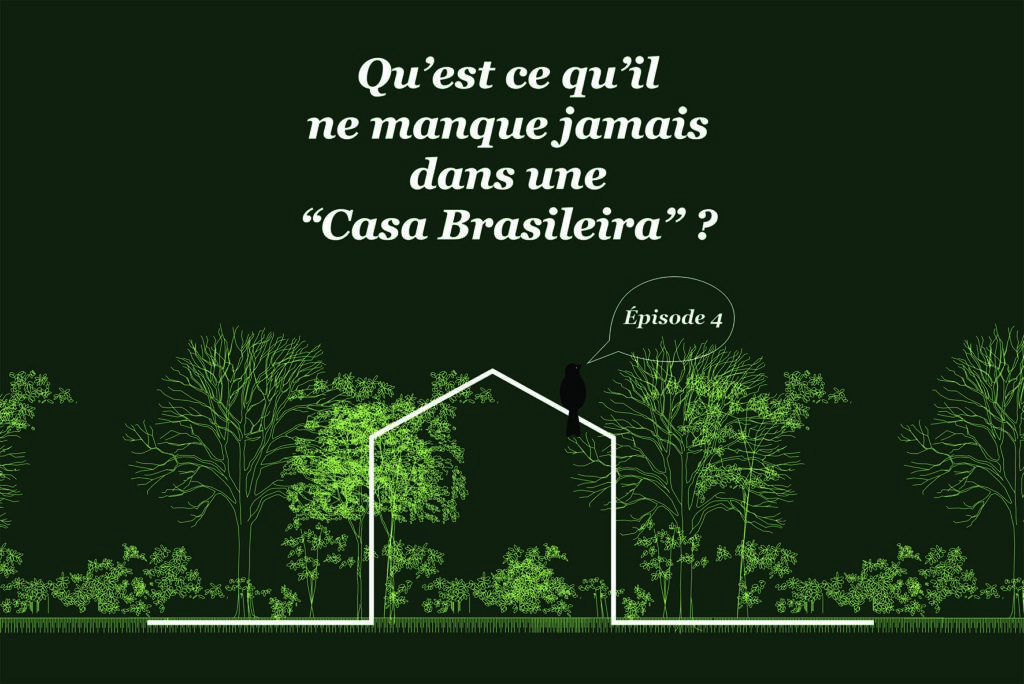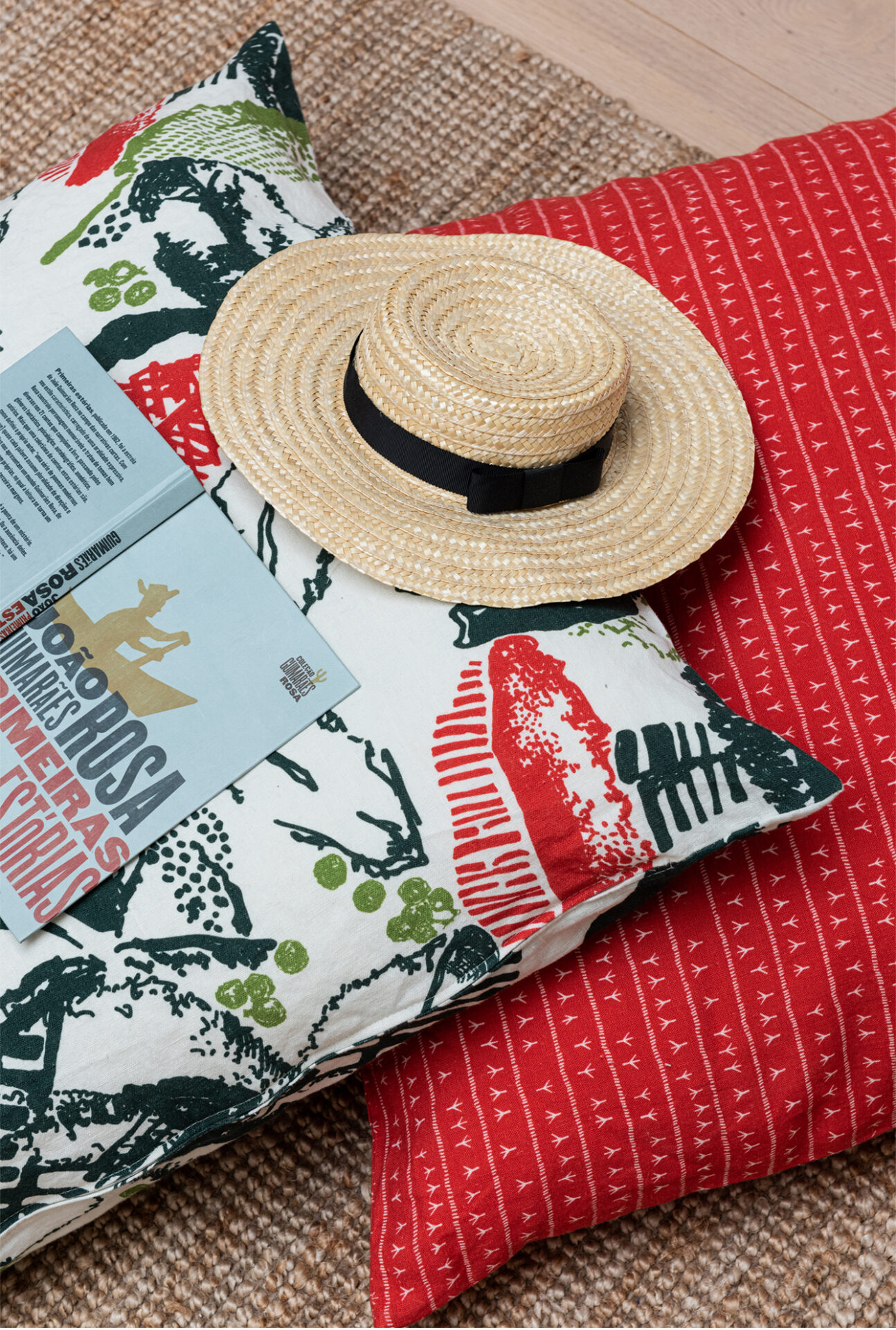Une marque qui représente l’essence même de l’âme du Brésil.
Soyez les bienvenus chez nous “Uma Casa Brasileira”, le lifestyle tropical !
Une ambiance festive, chaleureuse et décontractée !
L’élégance du style tropical conçue avec des matières naturelles nobles et une production responsable.
Laissez-vous inspirer par la fraîcheur de nos coloris.
Ce qui rend le design brésilien si unique
C’est un défi de parler du design brésilien et d’attribuer son identité à l’image d’un seul objet. Il a fallu choisir une image, issue d’une fête populaire, pour pouvoir exprimer ce langage à travers une série d’éléments complémentaires représentatifs du patrimoine culturel brésilien …
“Isto aqui é um pouquinho de Brasil …”, plus qu’un produit, une expression culturelle
Yes, nous sommes colorés !
Nous avons grandi dans un pays où tout ce qui nous a entouré était coloré : notre peuple multiracial, notre architecture, notre art, notre façon de nous habiller. La couleur a toujours fait partie de notre univers. Notre nature éblouissante nous sert d’inspiration pour nos fantaisies…
Collection “O Canto do Sabiá” pour Clarisse Romeiro
“Il existe de nombreuses façons de raconter une histoire et
la création de motifs est celle que nous avons trouvée pour raconter la nôtre !”
Les récits derrière la création des motifs
Il y a plusieurs façons de raconter une histoire. Nous sommes tous d’une certaine manière des conteurs d’histoires. Les histoires jouent un rôle important dans le développement des cultures, car elles nous permettent de sauvegarder nos mémoires communes …


